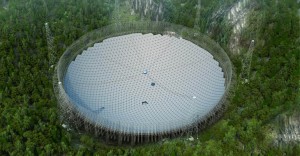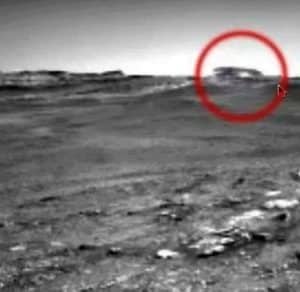The idea of establishing a human-operated base on the moon carries with it vast military, scientific, and strategic significance. The nation that pioneers in setting up a lunar base stands to gain extraordinary scientific knowledge, military advantage, and global prestige. Thus, it is crucial for the United States to lead in this endeavor.
It’s well-documented that the moon has long been viewed as a pivotal strategic asset. Historical records show plans by various nations for ‘scientific’ stations on its surface. However, recent disclosures have shed light on plans for its militarization. A manned military base on the moon is deemed necessary. Such a base would serve multiple purposes: safeguarding potential U.S. interests on the moon, developing moon-based surveillance, communication relays, lunar surface operations, supporting scientific research, and, if needed, military operations.
On June 9, 1959, the U.S. Government recognized the critical importance of a lunar outpost, leading to the initiation of Project Horizon with the goal of securing U.S. interests on the moon amidst the Space Race, especially against the Soviet Union. This period marked an escalation in space exploration efforts, culminating in the launch of the first Apollo mission on October 27, 1961, which opened a new era in human history. Notably, the ambitions of nations like the U.S. and the Soviet Union extended beyond mere lunar expeditions to encompass the militarization of space.
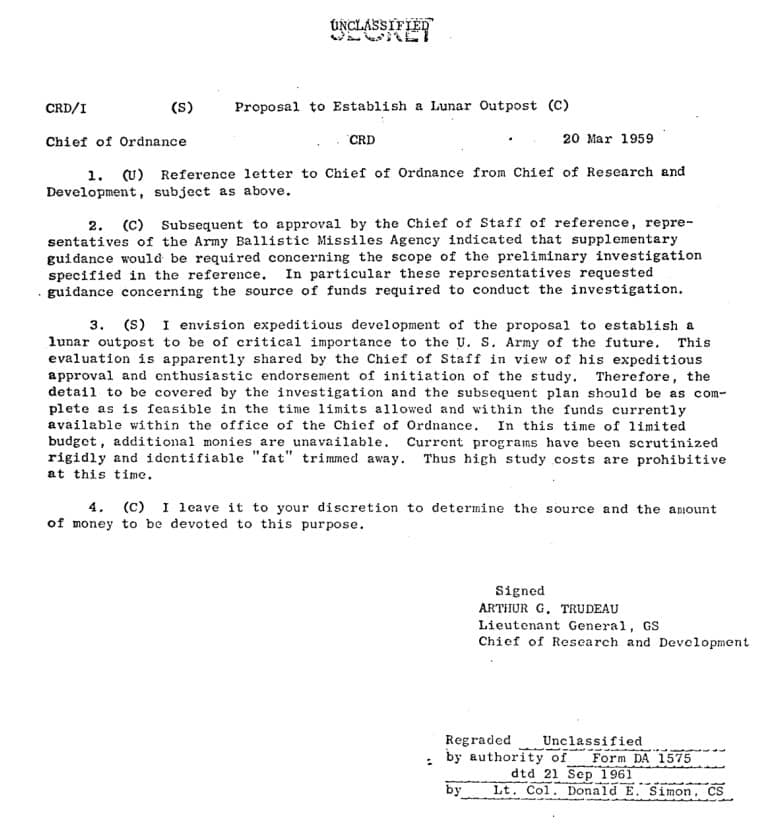
In 1959, the competition for space dominance escalated dramatically. A mere two years following Project Horizon’s proposal, the inaugural Apollo mission was launched on October 27, 1961, marking an unprecedented milestone in human history. Yet, the ambitions of nations, especially the United States and the Soviet Union, extended far beyond mere lunar expeditions or orbiting astronauts. Their forward-looking plans included numerous initiatives aimed at the potential militarization of space.
The decade’s advancements in propulsion, electronics, space medicine, and astronautics laid the groundwork for potentially establishing a military base on the moon.
“To be second to the Soviet Union in establishing an outpost on the moon would be disastrous to our nation’s prestige and in turn to our democratic philosophy. Although it is contrary to United States policy, the Soviet Union in establishing the first permanent base may claim the moon or critical areas thereof for its own.“
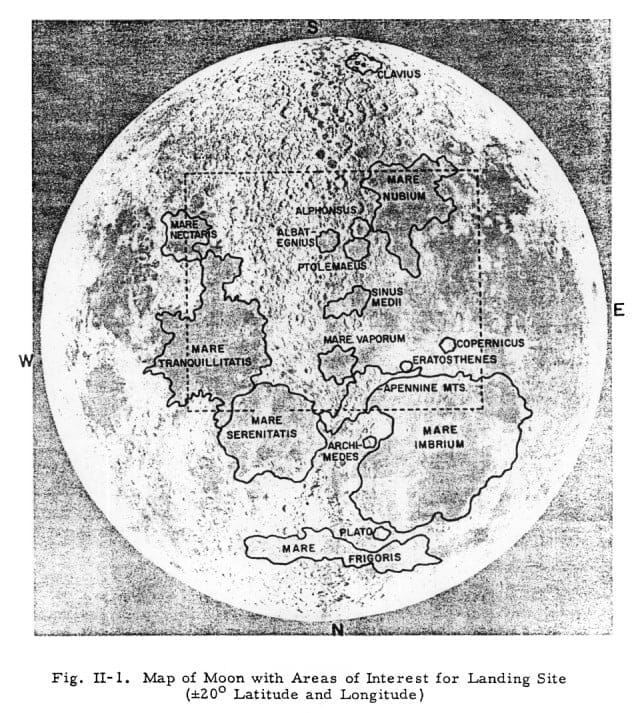
The design for the outpost envisioned it being large enough to house the necessary equipment for both the militarization and exploration of the moon. It was intended to support the survival and productive activities of a single individual, and between 10 to 20 people over prolonged periods.
In the design phase, it was determined that the outpost should have the capability for expansion, as well as the supply and operational support for personnel to achieve the longest possible duration of continuous occupancy. This visionary project from 1959 aimed to create a facility that could be self-sustaining for an extended period without requiring further assistance from Earth.
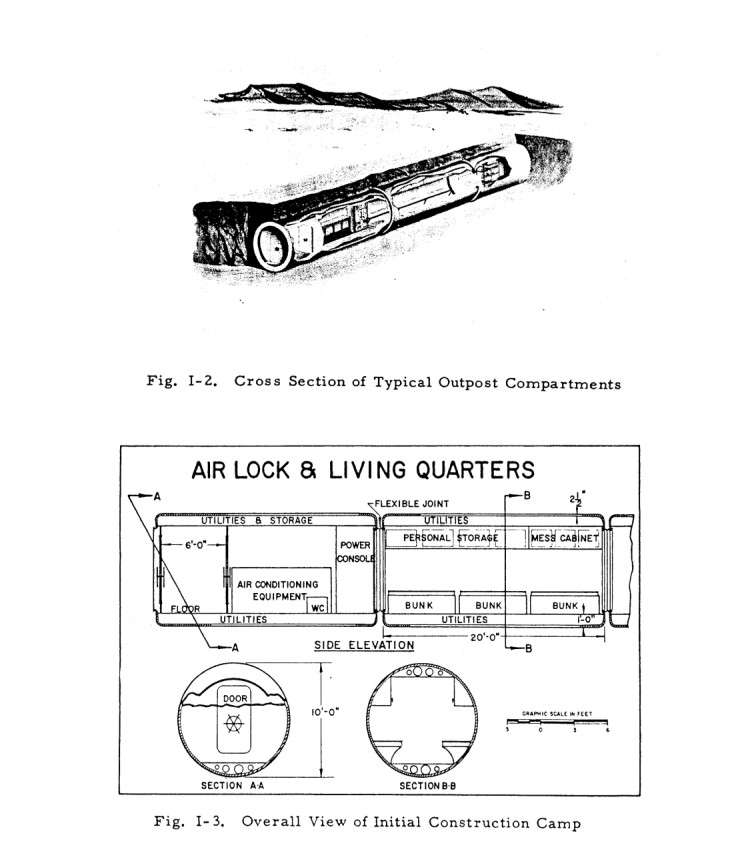
Project Horizon marked not just the beginning of the militarization of the moon, but it was also conceptualized to function as a permanent staffed facility on the lunar surface. This facility was intended to enable the exploration of the moon’s scientific, commercial, and military potentials.
This lunar base was planned as an advanced monitoring station, poised to support the imminent ventures between Earth, the moon, and the broader reaches of our solar system and beyond. By establishing a manned outpost on the moon, the United States aims to:
- Showcase its dominance in space science
- Enhance scientific research and exploratory missions
- Augment and refine space surveillance, reconnaissance, and space control capabilities
- Upgrade communication systems and act as a vital relay hub
- Operate as a fundamental research lab for space science and technological advancement
- Create a dependable, low-gravity base for launching deep-space missions
- Foster scientific discovery and the development of space mapping and survey techniques
- Offer a critical emergency support, rescue services, and navigation for space operations
Furthermore, Project Horizon was to feature an intricate defense strategy within the lunar base, safeguarding it from potential Soviet terrestrial assaults with:
- Manually operated Davy Crockett rockets equipped with low-yield nuclear warheads
- Specially adapted Claymore mines designed to breach pressure suits
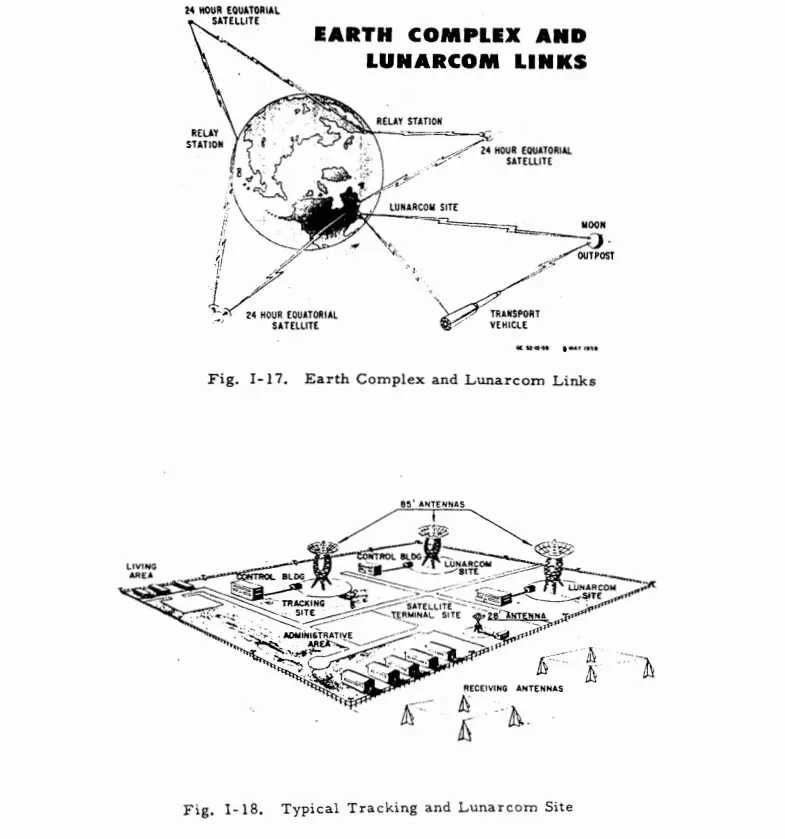
Considering the technological advancements since 1959, the potential capabilities of such a base today are even more staggering.





